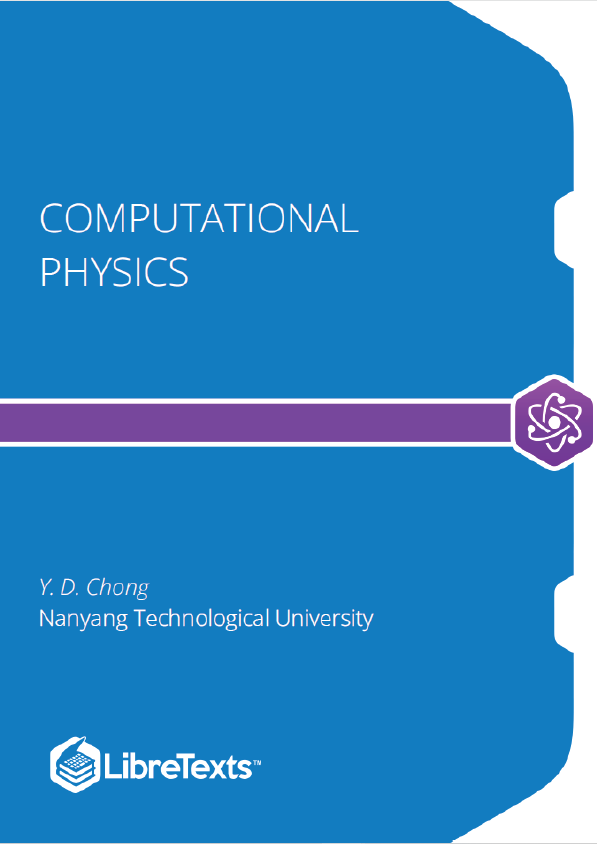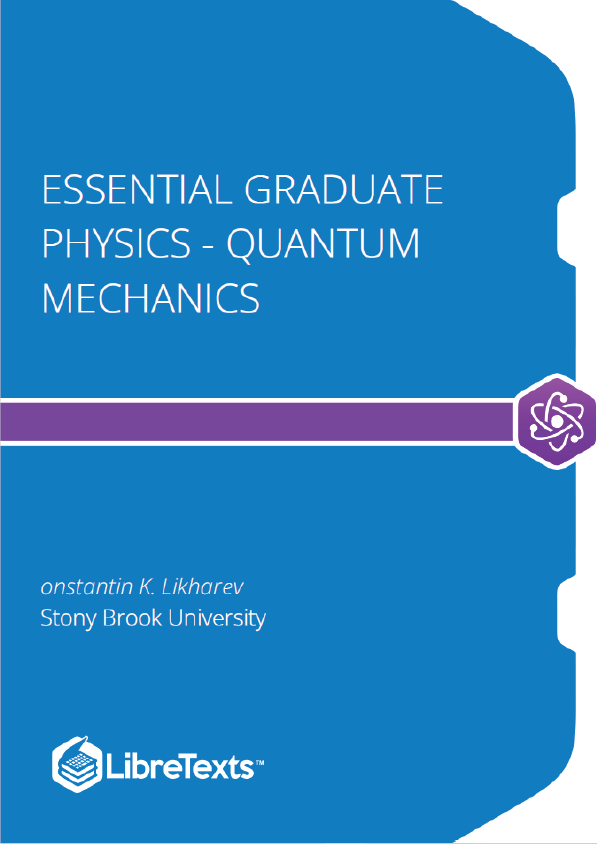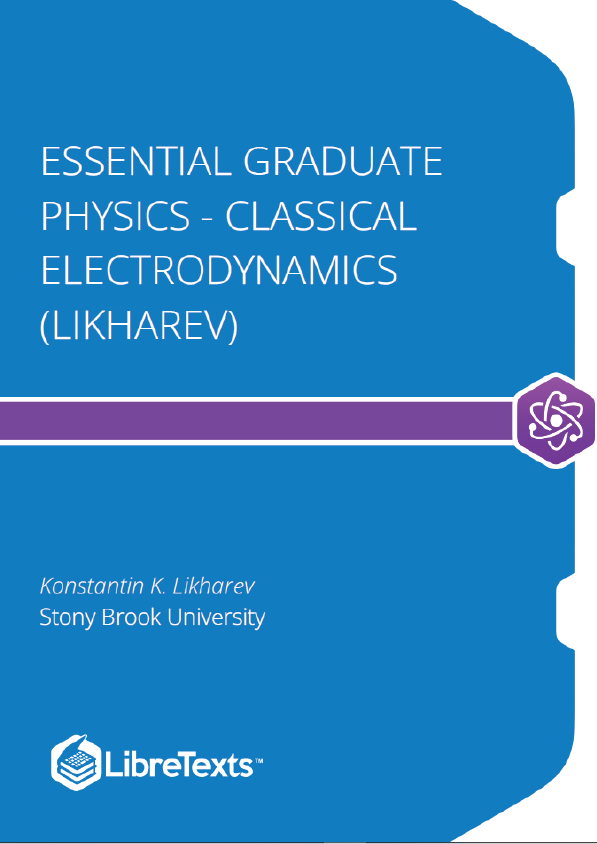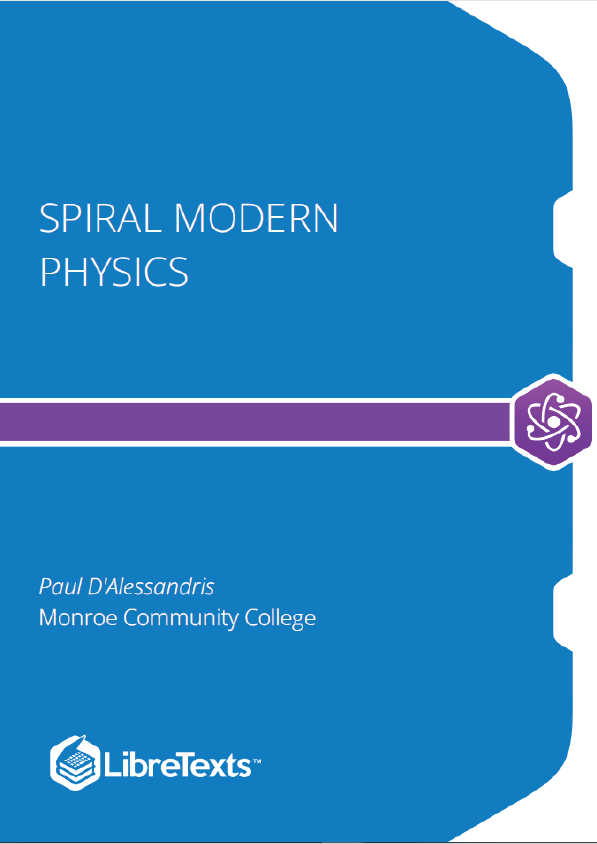An introductory course in mathematical methods for science and engineering students. Topics covered include complex analysis, contour integration, Fourier analysis, and Green’s function methods. Mathematical methods are illustrated with examples drawn from physics, with a focus on oscillations and waves.
Mathematical Functions
This is a course on complex methods in the physical sciences. Before dealing with complex numbers, however, let us undertake a brief review of real mathematical functions and their properties.
The Complex Plane
A convenient way to conceptualize a complex number is to think of it as a point on a two-dimensional plane, called the complex plane, as shown in the figure below. The real and imaginary parts are the horizontal and vertical Cartesian coordinates in the plane. The horizontal (x) and vertical (y) coordinate axes are called the “real axis” and the “imaginary axis”, respectively.
Complex Functions
When deriving Euler’s formula in Section 4.3, we introduced complex functions that were defined by taking real mathematical functions, like the exponential, and making them accept complex number inputs. Let us take a closer look at how these complex functions behave.
Trajectories in the Complex Plane
If we have a function which takes a real input and outputs a complex number , it is often useful to plot a curve in the complex plane called the “parametric trajectory” of . Each point on this curve indicates the value of for a particular value of . We will give a few examples below.
Why Complex Numbers?
Here are some questions that might have occurred to you:
- If we extend the concept of numbers to complex numbers, why stop here? Why not extend the concept further, and formulate other abstract number systems that are even more complicated than complex numbers?
- Integers and real numbers have intuitive connections to the phenomena we experience in everyday life, such as the counting of discrete objects, or measuring lengths and weights. Complex numbers, however, seem like completely abstract concepts. Why should we study them?
As we have seen, complex numbers are appealing mathematical objects because they can be manipulated via the same rules of algebra as real numbers. We can add, subtract, multiply, and divide them (apart from division by zero), without running into any logical inconsistencies. One limitation is that complex numbers have no ordering (Section 4.4), so complex algebra only involves equations, not inequality relations.
One very important feature possessed by complex numbers and not real numbers is that the complex numbers are algebraically closed. This means that all complex polynomial equations have solutions in . The set of real numbers, , lacks this property: there are certain real algebraic equations, like , which have no solution in . The “closure” property of is called the Fundamental Theorem of Algebra, which gives an idea of its importance. As a consequence, cannot be generalized to a more complicated number system via the same route used to extend into.











